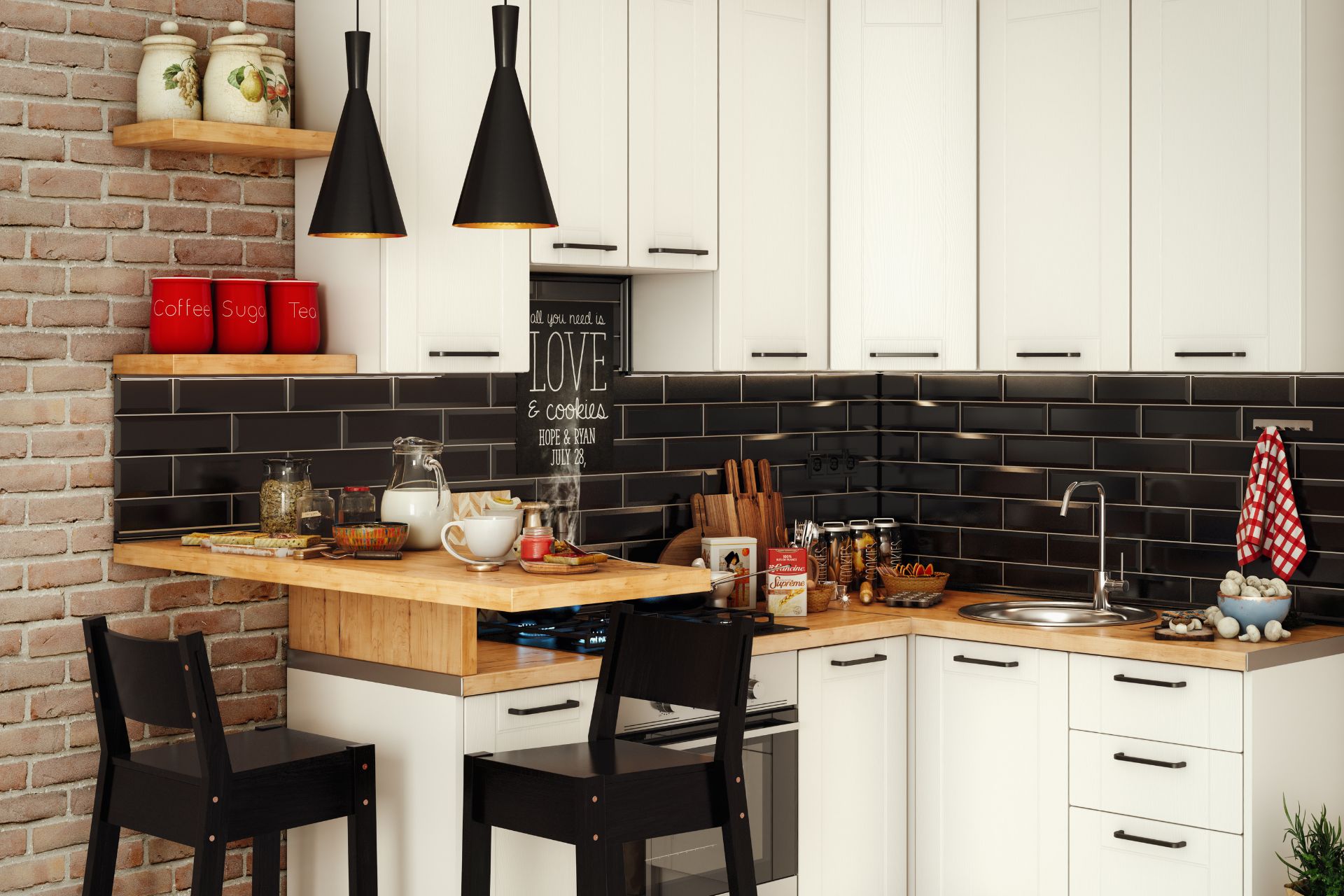
Have you ever looked at that corner cabinet in your kitchen and felt a pang of frustration or even despair? Despite their prime real estate in your home, these cabinets often prove to be the most challenging to keep tidy due to their unique geometry. But fret not. With this comprehensive guide on how to organize a corner cabinet, you can transform these tricky spaces into a practical, easily accessible storage hub.
Use the following steps as a guideline for setting up a corner cabinet into functional organized perfection!
Step 1: Understanding Your Corner Cabinet
A crucial first step on how to organize a corner cabinet is understanding the space you’re dealing with. A la Marie Kondo, begin by emptying out your corner cabinet entirely. This allows you to get a bird’s eye view of what type of items you’re dealing with in accordance with your storage space. Assess structure and size. You can do this by measuring the depth, height, width, and most importantly, the shape of your cabinet.
By your own measurements and observation, answer these questions to help you create a structure that works for you.
- Is there a built-in lazy Susan?
- Do you have pull-out shelves or any pre-existing organizers?
- Is it a deep, dark, almost cavernous space that seems to swallow items whole?
Noting down these details will provide valuable insights into the unique challenges your cabinet presents, helping you devise an efficient strategy for your organizational journey.
Step 2: Sort, Declutter, Repeat
Arguably one of the most crucial steps in the process of organizing a corner cabinet is sorting and decluttering. After all, it’s challenging to create a well-organized space when it’s packed to the brim with items, many of which you may not even need.
Toss out anything unused, expired, and damaged to create some much-needed space.
With your cabinet emptied, you now have a pile of contents that need sorting. Create three categories:
- Frequently used items
These are items you reach for on a regular basis, such as certain spices, cookware, or dishes.
- Rarely used items
These may include specialty baking pans, holiday-themed dishware, or the extra set of glasses only brought out for parties.
- Items you don’t need
Let’s face it. Every home has those items that seemed essential at purchase but now gather dust in a corner.
Be ruthless and honest during this process. Remember, every item you let go of creates more valuable space for the items that truly matter. If you live in a large household, you may want to cross-check with your partner and other house members on what items are kept and tossed out.
Step 3: Choosing the Ideal Organizers
In the modern market, there’s a plethora of innovative organizing solutions specially designed for tricky spaces like corner cabinets. You’ll find an array of products to suit any cabinet design and cater to a multitude of storage needs.
- Lazy Susans
Named after Thomas Jefferson’s daughter, these rotating trays are godsends for corner cabinets. They allow easy access and full visibility to all stored items, ensuring nothing gets lost in the back.
- Pull-out Shelves
These clever designs make reaching for items deep inside the cabinet a breeze.
- Tiered Organizers
These help you make full use of the vertical space in your cabinet, ideal for smaller items that can otherwise get lost in the shuffle.
The key here is to select organizers based on your specific cabinet layout and the types of items you’ll be storing.
Step 4: Strategically Arrange Your Items
With your cabinet ready and your items sorted, it’s time for the most satisfying step – arranging your items back into the cabinet. As you do this, it’s crucial to remember the golden rule of organization – “A place for everything, and everything in its place.”
Here are a few pointers to create a well-organized, efficient corner cabinet:
- Frequently used items should be placed at the front or on the top layer. This ensures easy accessibility and saves you time searching for them.
- Rarely used items can be stored deeper inside the cabinet or towards the bottom. They won’t clutter your everyday space but will still be within reach when needed. If they’re repacked food items, we suggest adding a label for their expiration date. This eliminates any need to guess whether an infrequently used item is safe to consume.
- Group similar items together. This could mean baking goods in one section, canned foods in another, and dinnerware in another. This categorization not only makes your cabinet aesthetically pleasing but also aids in the quick retrieval of items. This is where organization bins come in handy, especially when dealing with open shelving. Organization bins allow you to segment items into their appropriate subcategory.
Step 5: Maintenance Is Key
Like a garden, an organized space requires regular upkeep. Once you’ve achieved the feat of a beautifully organized corner cabinet, the task doesn’t end there. Keeping your cabinet clutter-free and functional over time requires consistent maintenance.
Regularly re-evaluate your organization system. Check if items are staying in their designated places, or if certain areas tend to accumulate clutter. Don’t hesitate to tweak your system as necessary. Organization and change go hand in hand. A seasonal decluttering session could also prove beneficial. During these sessions, remove items you no longer use or need, freeing up space for new items or creating room to breathe.
Final Thoughts
Organizing a corner cabinet may seem like a daunting task, but with these systematic steps, it becomes manageable and even enjoyable. Remember, your goal is not just an organized cabinet, but a functional one that simplifies your life and enhances your kitchen’s overall efficiency. So, put on your organizational hat now that you know how to organize a corner cabinet. Here’s to a more organized and efficient kitchen!